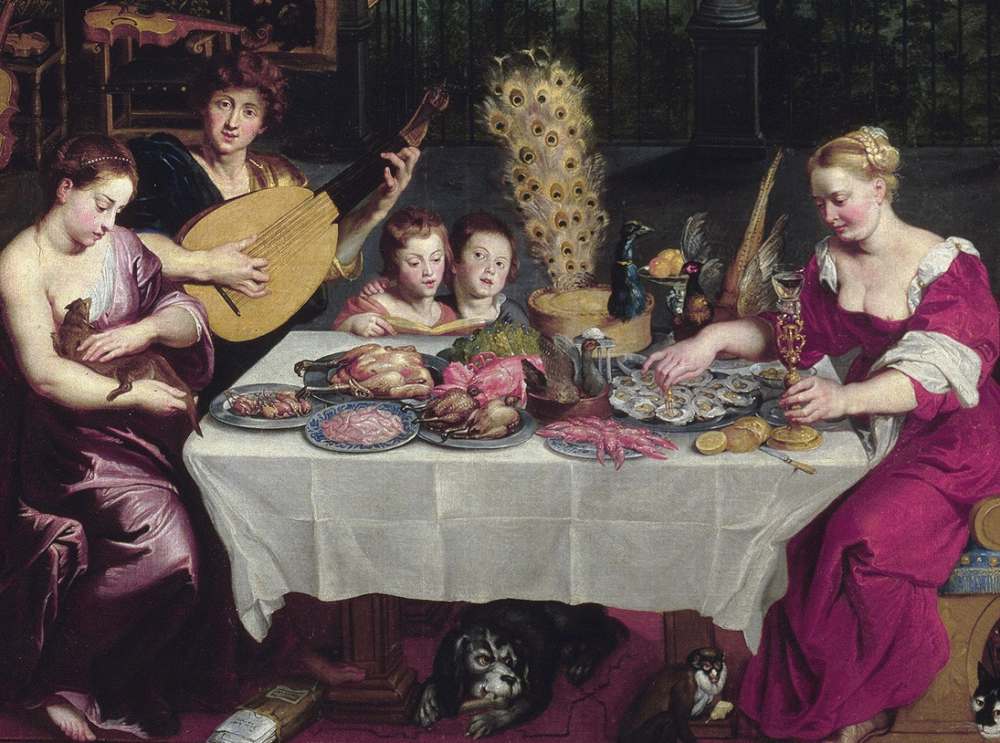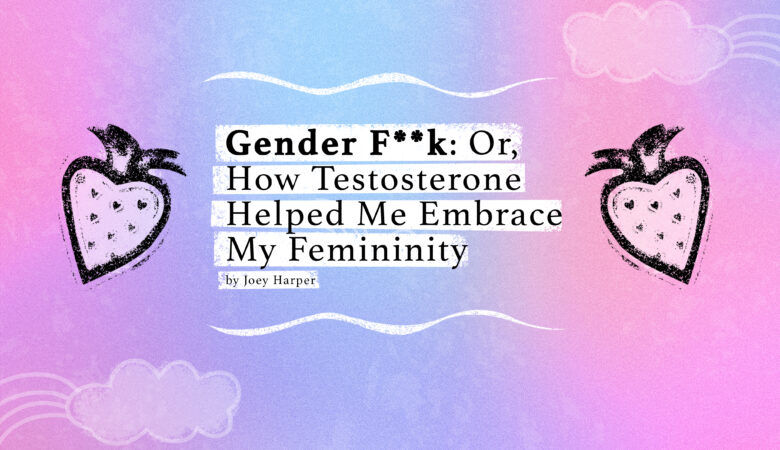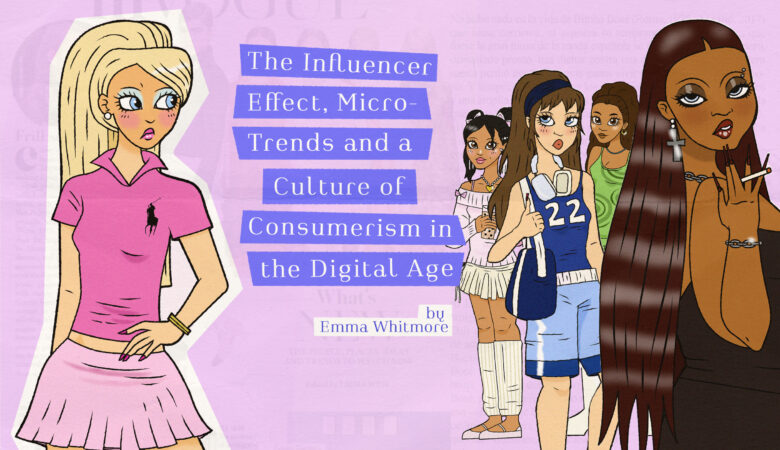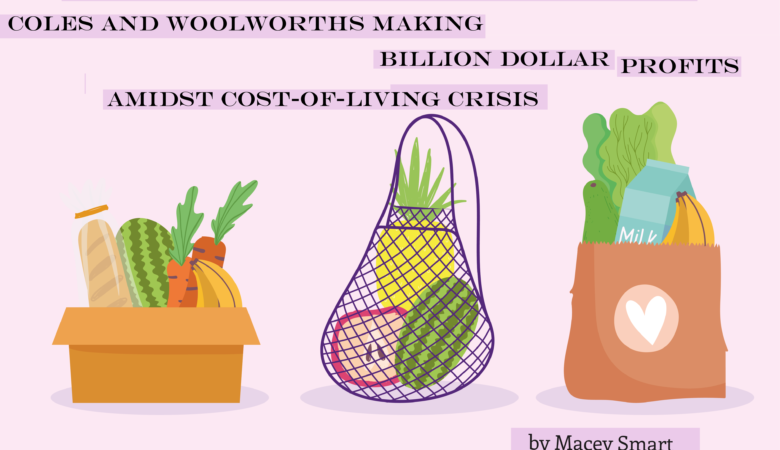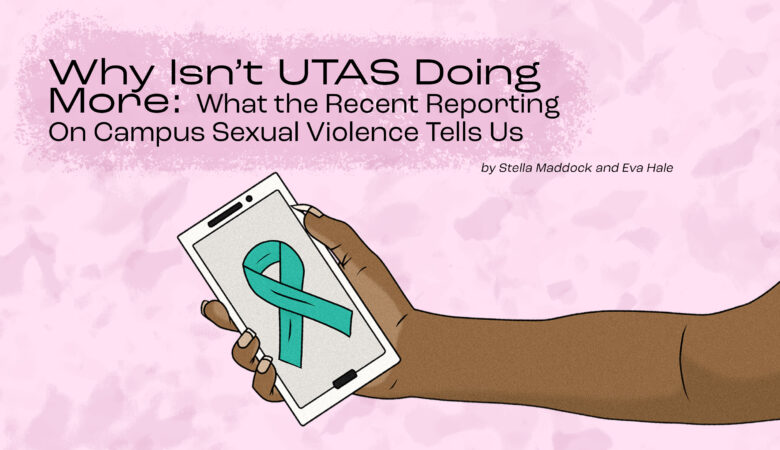In the past five or so years, the body positivity movement has taken social media by storm. A quick search on Instagram of #bodypositive returns over 18 million results, featuring predominantly women—of all shapes and sizes—celebrating their bodies and encouraging others to do so too. The movement builds upon the work of fat activists, an area of activism that seeks to encourage fat acceptance and put an end to fatphobia—the social stigmas and prejudices associated with living in a fat body. This includes the reclamation of the word fat itself; viewing the word as a descriptor, instead of a derogatory term.
The body positivity movement seeks to uplift all bodies, not just those who fit conventional beauty standards. While people of any gender can be involved, the movement is mostly comprised of women. Historically, it has been women who have been overwhelmingly pressured to keep their bodies acceptably thin, often leading to unhealthy dieting and fractured relationships with food. Writing of her own experience, fat studies scholar Hannele Harjunen says, “it is considered especially undesirable to be a fat girl or woman”; it makes sense, then, that the body positivity movement has resonated with so many women.
Reflecting this social movement, the past five years have seen a wave of contemporary fiction concerned with women and food; or, more accurately, hungry women who are not afraid to indulge their hunger. This representation is important, as power acts through language; it is through language, discourse and representation that we are able to wield power, and enact social change.
Historically, women’s hunger has been misrepresented in, or absent from, fiction and media. Feminist philosopher Susan Bordo argues that “when women are positively depicted as sensuously voracious about food (almost never in commercials, and only very rarely in movies and novels), their hunger for food is employed solely as a metaphor for their sexual appetite.” The body positivity movement, it seems, is changing this—we are now seeing women who indulge purely because they want to. Hunger is no longer something to be hidden, nor a metaphor for sexual appetite.
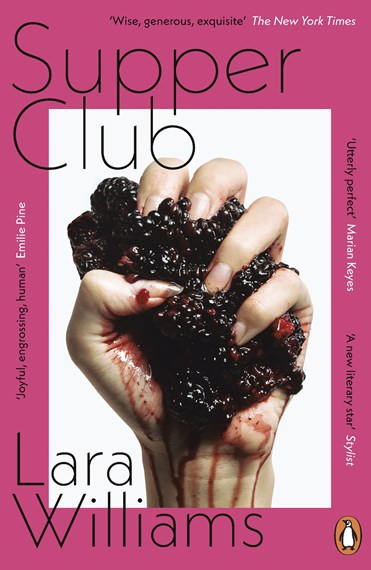
Lara Williams’ 2019 novel Supper Club centres around a group of women who create a club in which they can indulge their hunger, act wildly and take up space. The novel follows best friends Roberta and Stevie, the creators of the eponymous Supper Club. As they say in the novel: “We wanted to expand and to be nourished—we wanted to know how that felt. To be full up, instead of hungry and wanting, all the time.” Part of the ethos of the club is intentional weight gain—the women want to become “living art projects” by growing their bodies, in turn rejecting societal pressure to diet in order to stay thin. Throughout the novel’s dual-timeline structure, we follow Roberta at university, a formative period in her life in which she deals with sexual violence and body image issues, and Roberta in her late twenties, when she confronts these issues through forming Supper Club.
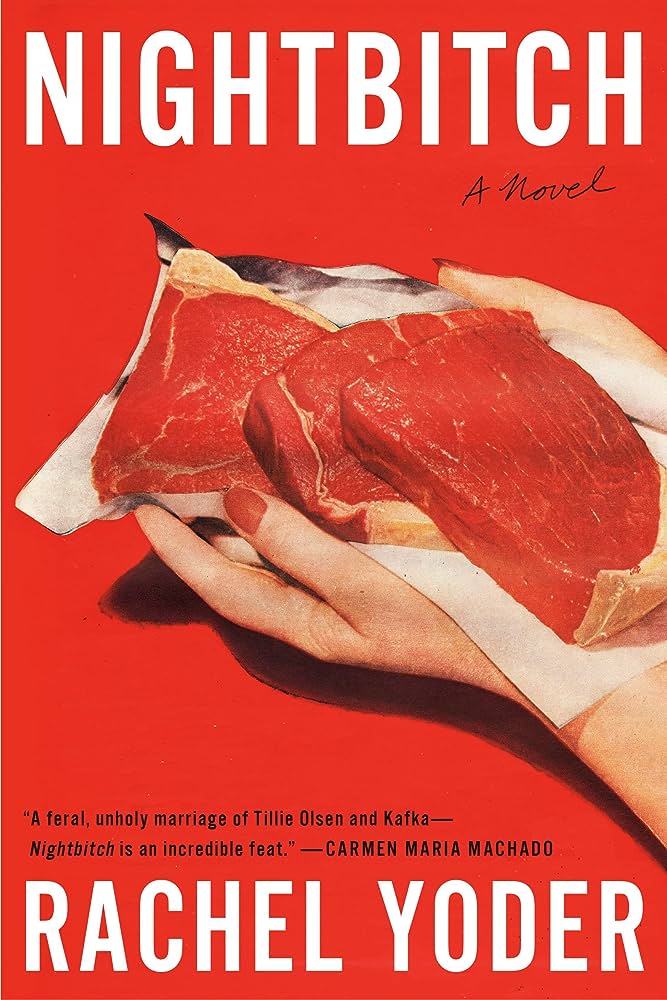
Roberta’s struggles with her relationship with food, and her periods of dieting and intentional weight loss, mirror that of countless women—society has taught her, and us, to suppress our hunger. For readers to see her unlearn these behaviours, then, and embrace her voracious hunger alongside other women, is a step towards societal change.
The following novels are a few further examples of this literary trend: Chelsea G Summers’ novel A Certain Hunger (2020), which follows a successful food critic who enjoys slaughtering men and eating their body parts; Milk Fed (2021) by Melissa Broder, which centres around Rachel, a 24-year-old obsessed with calorie restriction, and her developing relationship with Miriam, who works at her local frozen yoghurt shop and is intent on feeding Rachel; Nightbitch (2021), by Rachel Yoder, which follows a stay-at-home mother who begins to transform into a canine, with a ravenous hunger for raw red meat; and Woman, Eating (2022) by Claire Kohda, a novel about a young vampire who is desperately hungry for a wide array of foods—ramen, ice cream, sashimi—despite the fact that her body can only digest blood.
This literary trend, which seems to have peaked within the last couple of years, can be seen as a form of activism; these depictions of women fulfilling their hunger without shame are a rebellion against societal norms. Gone are the days in which women’s hunger served solely as a metaphor for their sexual appetite. Portraying women who satisfy their appetites in literature is so important, because fiction has the power to impact social structures in the real world. On this topic, Amy L Tigner and Allison Carruth write: “literary texts do not just transmit or depict food cultures and food practices: they also help to structure them.” Changing the way women in novels understand and respond to their hunger can change the way women in the real world understand and respond to their hunger. By depicting women who indulge their appetite, instead of repressing it, we encourage a world in which this is the truth—a world in which women are not asked to diet, to ‘watch their weight’, or to ignore their hungers and desires. Through contemporary fiction and social media alike, we are witnessing the rise of hungry women.

